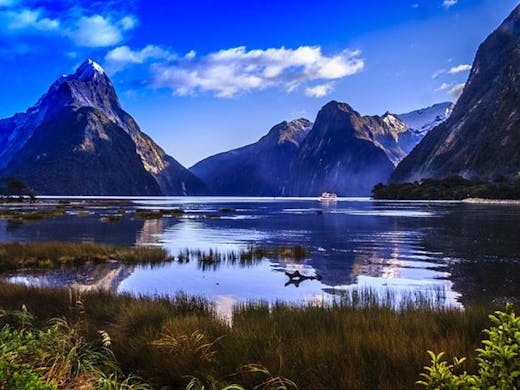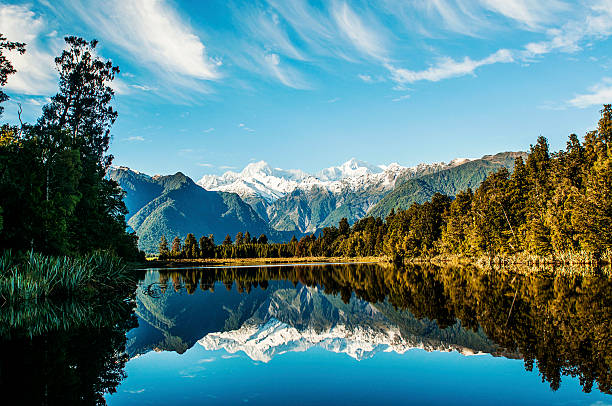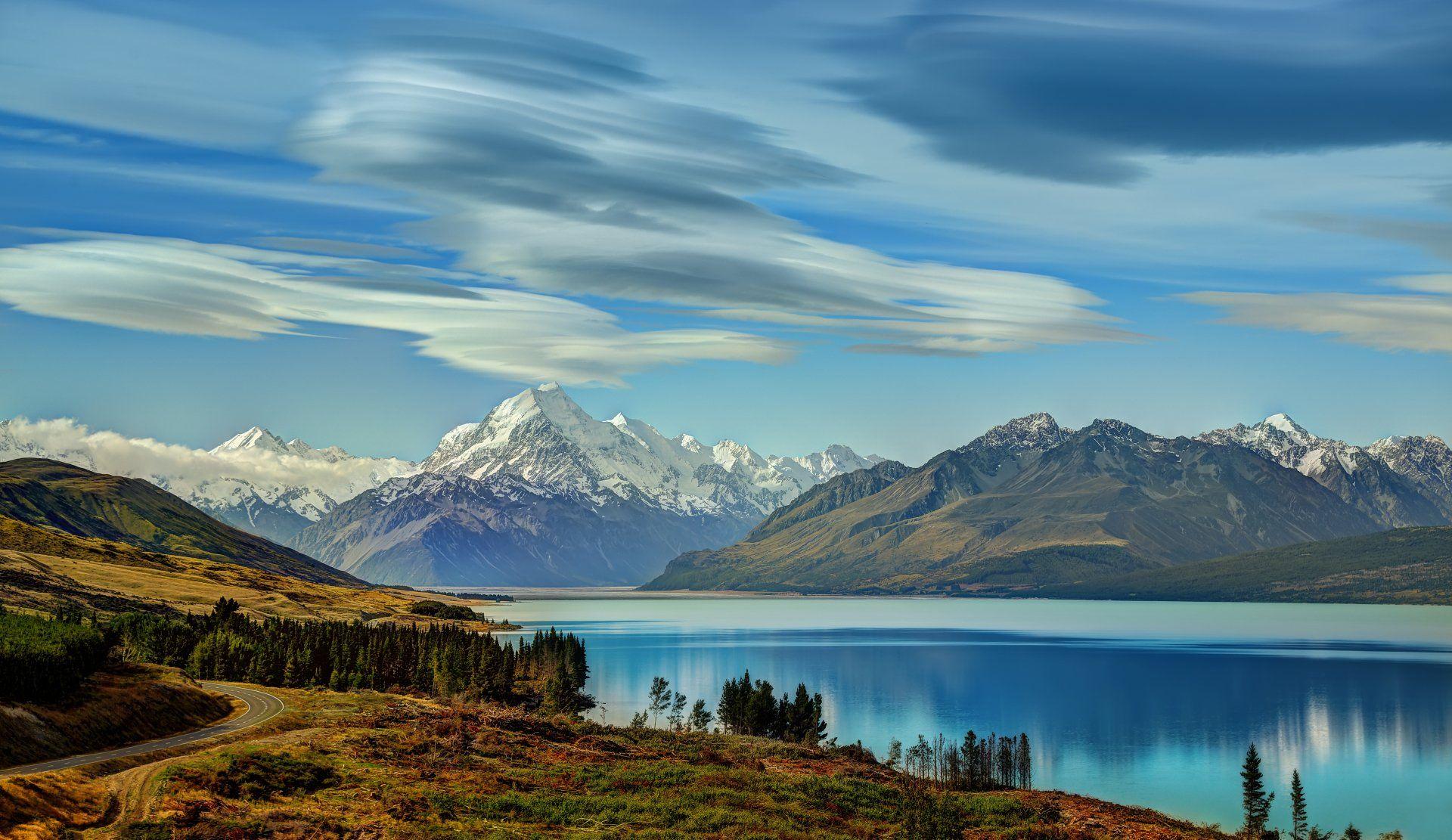Mount Everest is the most noteworthy of the Himalayan mountains, and — at 8,850 meters (29,035 feet) — is viewed as the most elevated point on Earth. Mount Everest is a top in the Himalaya mountain range. It is situated among Nepal and Tibet, an independent district of China.
Mount Everest draws in numerous climbers, including profoundly experienced mountain dwellers. There are two fundamental climbing highways, one moving toward the culmination from the southeast in Nepal (known as the "standard course") and the other from the north in Tibet. While not presenting significant specialized climbing difficulties on the standard course, Everest presents perils like elevation affliction, climate, and wind, as well as dangers from torrential slides and the Khumbu Icefall. Starting around 2019, more than 300 individuals have kicked the bucket on Everest a large number of whose bodies stay on the mountain.
Nepal didn't permit outsiders to enter the country at that point, the British made a few endeavors on the north edge course from the Tibetan side. The 1924 endeavor brought about quite possibly of the best secret on Everest right up 'til now: George Mallory and Andrew Irvine made a last culmination endeavor on 8 June yet stayed away forever, starting discussion with respect to whether they were quick to arrive at the top. Tenzing Norgay and Edmund Hillary made the primary reported climb of Everest in 1953, utilizing the southeast edge course.
In 1802, the British started the Great Trigonometric Survey of India to fix the areas, levels, and names of the world's most noteworthy mountains. Beginning in southern India, the study groups moved toward the north utilizing goliath theodolites, each weighing 500 kg (1,100 lb) and requiring 12 men to convey, to gauge levels as precisely as could really be expected. They arrived at the Himalayan lower regions by the 1830s, however Nepal was reluctant to permit the British to enter the country because of doubts of their aims. A few solicitations by the assessors to enter Nepal were denied.
Environmental Change
Due to an unnatural weather change, the headquarters situated in Khumbu glacial mass is quickly diminishing causing destabilization of the glacial mass making it dangerous for climbers. As suggested by the council framed by Nepal's administration to work with and screen mountaineering in the Everest locale, Taranath Adhikari the chief general of Nepal's travel industry division said they have plans of moving the headquarters to a lower height. This implies longer distance for climbers from headquarters to camp one. Notwithstanding, the current headquarters is as yet helpful and might in any case fill its need for three to four years. The plans of moving may occur by 2024, according to authorities.
Meteorology
In 2008, another weather conditions station at around 8,000 m (26,000 ft) rise went online.[80] The station's most memorable information in May 2008 were air temperature −17 °C (1 °F), relative dampness 41.3 percent, climatic tension 382.1 hPa (38.21 kPa), wind course 262.8°, wind speed 12.8 m/s (28.6 mph, 46.1 km/h), worldwide sun oriented radiation 711.9 watts/m2, sun based UVA radiation 30.4 W/m2.[80] The undertaking was arranged by Stations at High Altitude for Research on the Environment (SHARE), which additionally positioned the Mount Everest webcam in 2011.[80][81] The sun based fueled weather conditions station is on the South Col. Mount Everest reaches out into the upper lower atmosphere and enters the stratosphere.[83] The pneumatic stress at the culmination is for the most part around 33% what it is adrift level. The elevation can open the culmination to the quick and freezing winds of the fly stream.[84] Winds generally achieve 160 km/h (100 mph);[85] in February 2004, a breeze speed of 280 km/h (175 mph) was recorded at the highest point. These breezes can hamper or imperil climbers, by blowing them into chasms[85] or (by Bernoulli's standard) by bringing down the gaseous tension further, diminishing accessible oxygen by up to 14 for each cent.[84][86] To keep away from the most extreme breezes, climbers commonly hold back nothing to 10-day window in the spring and fall when the Asian rainstorm season is firing up or finishing.






